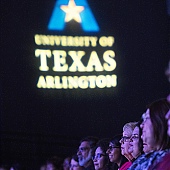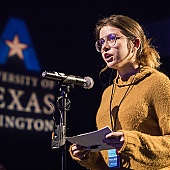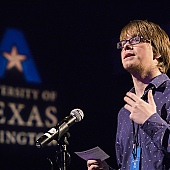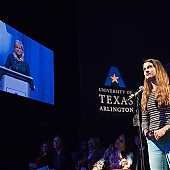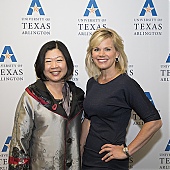Physicist uses both light and heat for electricity
Spring 2013 · Comment ·
Physics Associate Professor Wei Chen has created a way to generate electricity that is less expensive and better for the environment than its alternatives.
Dr. Chen and his team invented a hybrid nanomaterial that converts light and thermal energy into electrical current, thus surpassing earlier methods that used either source but not both.
“If we can convert both light and heat to electricity, the potential is huge for energy production,” he says. “By increasing the number of micro-devices on a chip, this technology might offer a new and efficient platform to complement or even replace current solar cell technology.”
Chen, graduate students Santana Bala Lakshmanan and Chang Yang, and Louisiana Tech Associate Professor Long Que synthesized a combination of copper sulfide nanoparticles and single-walled carbon nanotubes, which they then used to build a prototype thermoelectric generator that they hope will produce milliwatts of power. Paired with microchips, the technology could be used in self-powering sensors, low-power electronics, and implantable biomedical micro-tools.
In lab tests, the new thin-film structure showed increases in light absorption by as much as 80 percent compared to single-walled nanotube thin-film devices alone, making it a more efficient generator. The copper sulfide is also less expensive and more environmentally friendly than the noble metals used in similar hybrids.
The journal Nanotechnology has published a paper on the researchers’ work.



